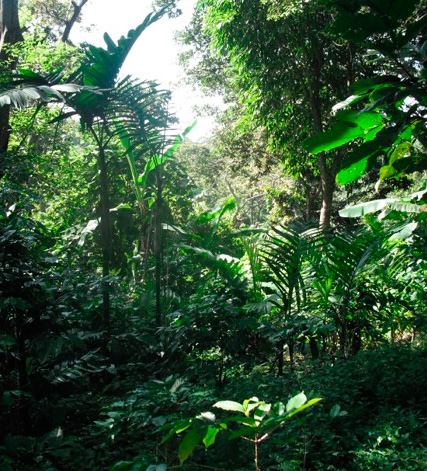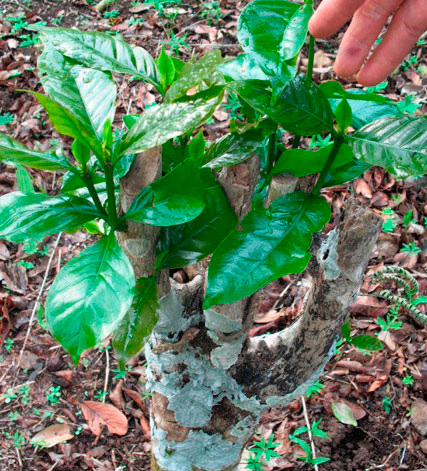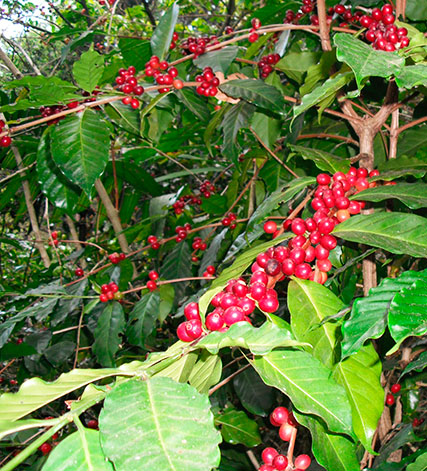Farm History
Ojo de Agua is the oldest, coffee producing section of our coffee farm, planted in 1908 by Eduardo Godoy’s grandfather. Some of the original Bourbon, Arabiga and Tipica plants remain from that time, varieties rarely seen in modern farms. Alongside these are newer varieties, derived from the bourbon, such as caturra and pache.
Coffee is an annual shrub with the potential to thrive for many years if it is grown in a sustainable manner. Coffee trees produce fruit in a particular area only once making it necessary to prune every eight years or so to keep up production. They are cut down to about twelve inches when pruned and are back in production two years later.
Coffee grows best under shade. When possible we have tried to maintain native trees while planting coffee underneath their protective cover. Leguminous trees have also been planted to nourish soil. Chemical fertilizers, herbicides, fungicides and pesticides have never been used in this nature reserve. Natural compost is added which consists of by-products of the coffee process itself along with other on-farm produced organic material, such as animal manures.
The on-farm processing, or wet mill, was built on Finca Las Margaritas in 1992, using a system which recycles waste water to minimize water usage and contamination. The coffee is depulped, fermented, rinsed, and dried on cement patios. That same year, Godoys set up the roasting facility in Guatemala City to sell and export roasted coffee.



